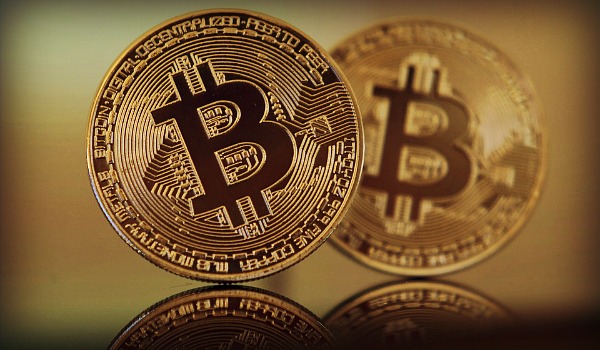No margin calls. Unbeatable APRs. Non-recourse defaults. All hallmarks of a DrawBridge loan. How do they do it?
In any loan situation, whether it’s between friends or an institution and customer, there is inherent risk on the part of the lender. That risk manifests most disastrously in defaults, wherein the borrower is, for whatever reason, unable to repay the full value of the loan. To help reduce the risk of losses, financial institutions implement a variety of “counterweights” that often lead to reduced borrower upside. The most well-known is the ubiquitous credit score, which quantifies the creditworthiness of a potential borrower and indicates the level of risk involved in such a transaction. If the score indicates higher risk, APR is increased to compensate lender for additional risk to provide greater upside accordingly. In most cases, loans’ rates far exceed the Fed rate to account for the uncertainty involved. DrawBridge loans match or beat the Fed rate, and, while subject to change, are currently set at just 2.5% APR.
Secured loans are a subset of lending instruments that can help reduce institutional risk and decrease APR for borrowers. In these cases, the borrower puts up some type of asset to be held by the lender until the loan is repaid in full. If the borrower fails to pay back the full value, the lender is entitled to compensation by means of the asset used as collateral.
LTV, or loan-to-value, indicates the acceptable ratio of collateralized assets to loan amount. A LTV of 35%, for example, would mean that the USD value of that loan cannot exceed 35% of the value of the collateral deposited. With a volatile asset like Bitcoin, though, the balancing act becomes more fragile. If the price of BTC were to decrease by 20% during the 6-month tenor period, the LTV requirement would no longer be met, as the value of the collateral dropped by 20%. This is where DrawBridge stands out from the crowd: even in cases of massive depreciation, the borrower has no additional obligation.
Eliminating the Margin Call
So, imagining a 20% drop in BTC price, the LTV requirement is no longer met by the assets already deposited. To remedy the now-imbalanced loan structure, most institutions would execute a margin call. Often required in short trades of traditional stocks, margin calls demand that the borrower deposit additional funds or collateral to cover the imbalance.
The DrawBridge team, leveraging years of leadership in institutional finance, saw the massive pain point of these calls and resolved to eliminate it. The means of doing so is twofold: for one, loans are single-payment, with the principal due at maturity. During the loan period, which in this case is 6 months, price fluctuations do not penalize the borrower, and no margin calls are ever made. The consumer protections go a step further, though: DrawBridge loans are non-recourse.
Non-recourse loans are those in which the borrower is under no obligation to repay their debt. In most situations it is in their best interest to repay, as failing to do so forfeits the entirety of their collateral. But, in cases where the value of the collateral holdings drops below the value of the loan, the borrower can simply keep the cash and forfeit the now-less-valuable assets. DrawBridge absorbs the value drop and takes ownership of the Bitcoin, and the customer experiences no cash or legal penalty for failing to repay.
Making It All Possible with Price Ceilings
A price ceiling is an upfront agreement between the borrower and DrawBridge that, in the event of predetermined value increase over the course of the loan, collateral profits on the part of the borrower will be capped at a certain multiplier. In exchange for assuming all possible risk of value decreases, that price ceiling is set anywhere from 1.7x to 2x. Here’s a simple example:
- Alice wants a loan of $10,000 USD. Her LTV is 35%, so she deposits 8.30086 BTC, which at time of writing is about $28,570
- The price ceiling is set at 1.7x
- Price ceilings, like value decreases, are only relevant at loan maturity (the date the loan term has ended). On that day, the value of BTC has increased 1.8x from the start date.
- Alice repays her loan in full, and receives in return BTC equivalent to 1.7x the value at origination, profiting approximately $20,000 in value increase over the life of the loan
This unique financial tool works to mitigate risk without passing additional responsibility to the borrower, enabling total default protection, elimination of margin calls, and industry-leading rates. Clients never need to worry about depositing more Bitcoin to cover value drops, providing freedom of use and peace of mind impossible in more traditional setups. And, even in the instance of a price ceiling activation, the borrower still experiences the significant profits in line with the multiplier. By innovating win-win situations on both the upside and downside of loans, DrawBridge Lending has reinvented crypto-backed loans and passed the benefits directly to borrowers.







